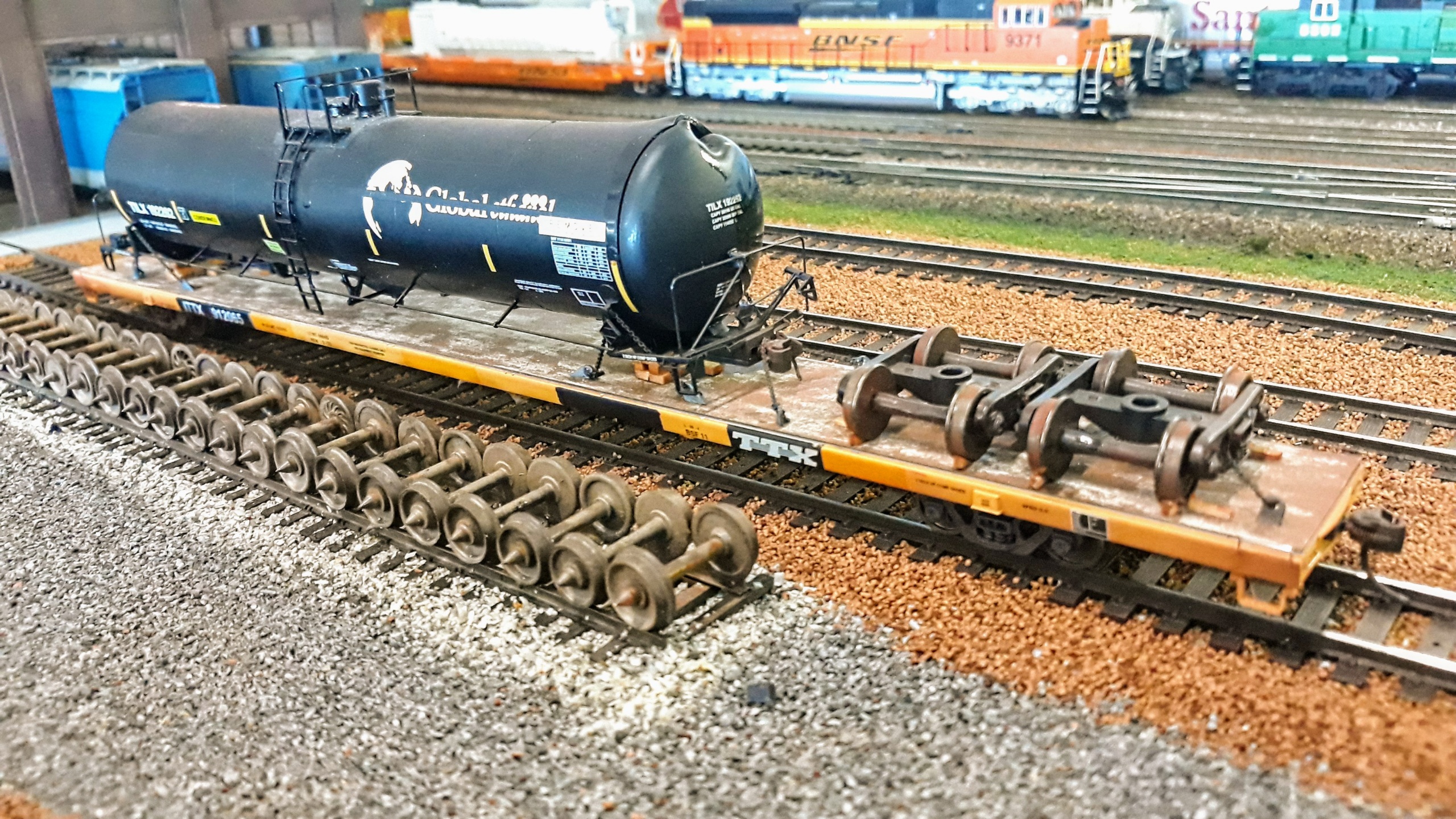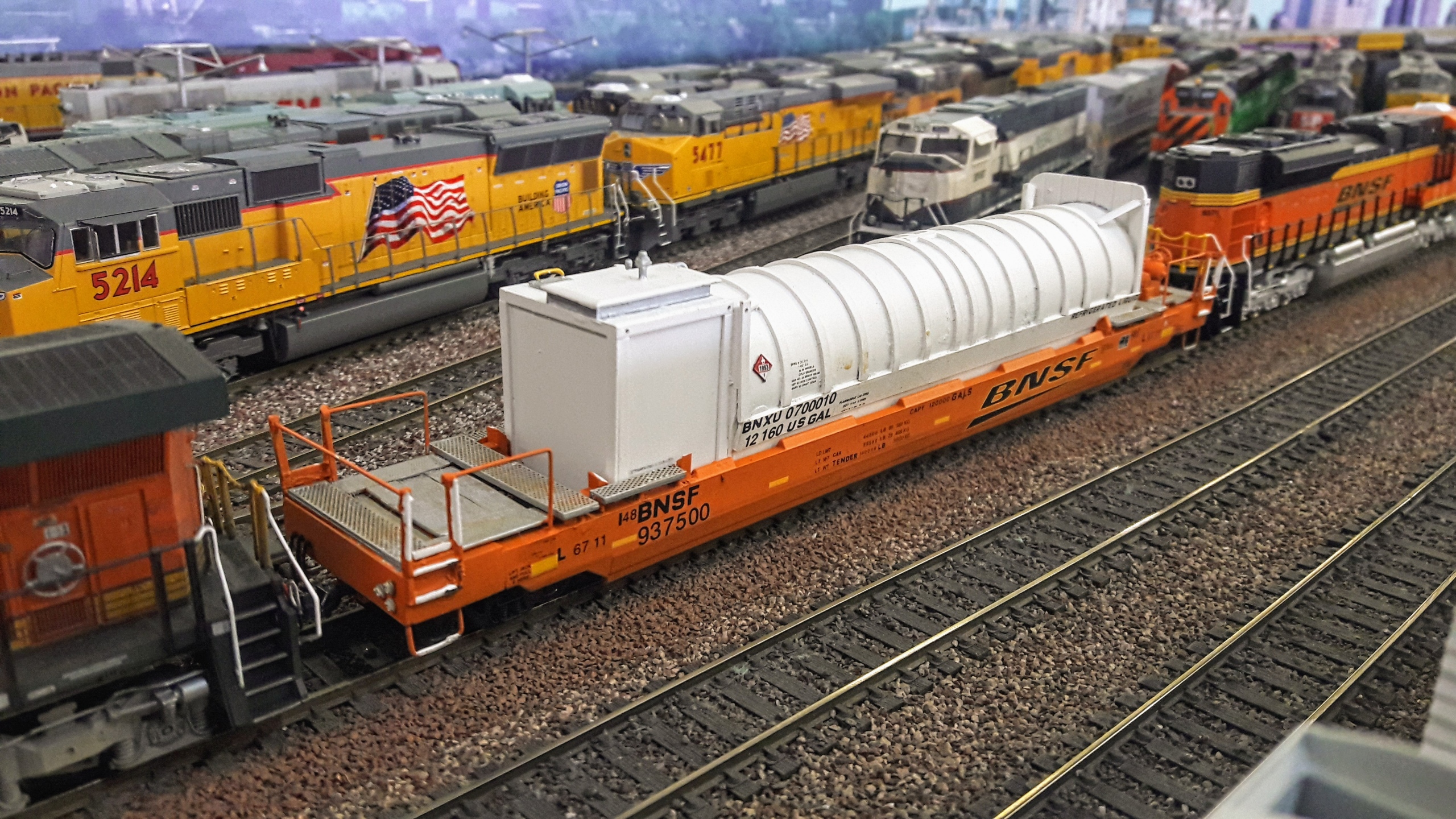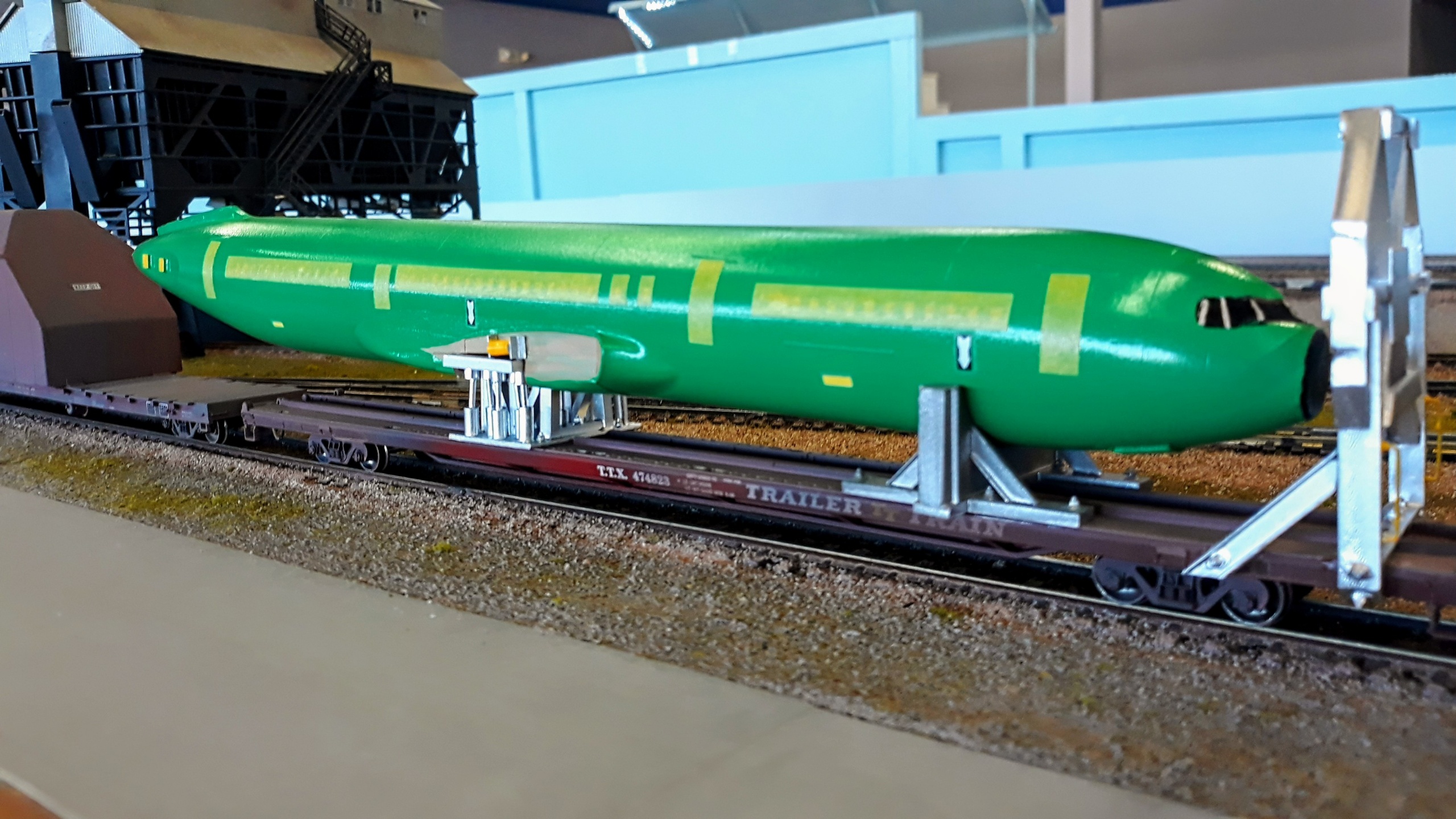Railroad Realms: Navigating the Tracks of Intermediate Model Railroading: Part 2 Crafting Realism: Weathering and Customizing Rolling Stock
Welcome back to "Railroad Realms: Navigating the Tracks of Intermediate Model Railroading." In this second installment, we dive into the art of customizing rolling stock, transforming your trains into realistic miniature replicas. Join us as we explore weathering techniques that breathe life into your models and delve into the world of kitbashing and modifications to ensure your rolling stock closely mirrors their real-world counterparts.

Weathering Techniques: Bringing Authenticity to Your Rolling Stock
1. Aging with Precision:
Discover the secrets of weathering with precision, creating realistic wear and tear on your rolling stock. From rusted metal to faded paint, we'll guide you through techniques that add authenticity to your models without compromising their structural integrity.
- Dry Brushing: Use a dry brush technique with light layers of paint to simulate worn edges and faded areas on surfaces.
- Chalk and Pastel Weathering: Apply chalk or pastel powder to create realistic rust, dirt, or grime effects, enhancing the weathered appearance.
2. Painting and Chipping:
Explore the nuances of painting and chipping to recreate the effects of years of exposure to the elements. Learn how to achieve realistic paint deterioration, chipped edges, and faded logos to capture the essence of a well-worn locomotive or freight car.
- Masking and Scratching: Use masking techniques to simulate chipped paint, and employ a fine brush or toothpick to create scratch marks.
- Salt Technique: Apply salt to wet paint areas and let it dry before brushing it off, leaving behind realistic chipped paint patterns.
3. Dirt and Grime Application:
Master the art of applying dirt and grime to your rolling stock, creating a visual narrative of their journeys. From dusty desert environments to muddy rural tracks, we'll provide step-by-step guidance on achieving a range of realistic weathering effects.
- Wash Techniques: Create washes using diluted acrylic paints to add subtle layers of dirt and grime, emphasizing recessed areas.
- Airbrushing: Use an airbrush for a more controlled application of dirt and grime, achieving a gradual and realistic buildup.
4. Graffiti as Narrative:
mbrace the urban authenticity of graffiti to tell a unique story on your rolling stock. Explore techniques for recreating graffiti art, whether it's the vibrant colors of street art or the faded tags of industrial yards. Learn how to incorporate graffiti in a way that adds character and a touch of rebellious history to your models.
- Decal Graffiti Sheets: Utilize graffiti decal sheets for a quick and easy way to add realistic graffiti to your rolling stock.
- Hand-Painting: Showcase your artistic skills by hand-painting graffiti art, capturing the diversity and individuality found in real-world street art.
Incorporate these weathering techniques into your model railroading arsenal to transform pristine rolling stock into authentic representations of their real-world counterparts. Each method adds a layer of storytelling and history to your models, enhancing the overall realism of your miniature railroad environment.

Kitbashing and Modifying Models: Tailoring to Prototype Perfection
1. Understanding Kitbashing:
Delve into the world of kitbashing, where off-the-shelf models are transformed into unique creations. Learn how to combine elements from different kits to accurately replicate specific prototypes, giving your rolling stock a personalized touch.
- Part Selection: Identify compatible parts from different model kits that closely match your desired prototype. Pay attention to scale and era accuracy.
- Precision Cutting: Use a fine saw or hobby knife to carefully cut and modify parts, ensuring a seamless fit during assembly.
- Test Fitting: Before finalizing modifications, conduct test fittings to ensure proper alignment and proportion.
2. Modifying for Authenticity:
Uncover tips and techniques for modifying existing models to better match prototype trains. From adjusting wheelbases to swapping out details, we'll guide you through the process of enhancing the accuracy of your rolling stock to align with the specific era and railroad you aim to recreate.
- Wheelbase Adjustments: Modify wheelbases to match the prototype, ensuring accurate spacing between axles and wheelsets.
- Detail Upgrades: Enhance model details by adding small parts such as brake lines, grab irons, and other prototypical features.
- Window and Door Modifications: Adjust window and door placements to align with the specific prototype, creating a more accurate representation.
3. Fantasy Kitbashing: Unleashing Creativity Beyond Reality
- Creative Expression: Break free from reality and explore fantasy kitbashing to unleash your creativity. Combine elements from various kits to invent unique and imaginative rolling stock that adds a touch of fantasy to your model railroad.
- Incorporating Fictional Themes: Integrate fictional themes, colors, and designs into your kitbashed models, allowing you to tell fantastical stories within the context of your model railroad universe.
- Experimentation with Non-Traditional Elements: Explore non-traditional materials and components to push the boundaries of realism and infuse a sense of wonder into your custom creations.
4. Adding Fine Details:
Elevate your rolling stock customization by adding fine details. Whether it's handrails, grab irons, or brake lines, we'll explore ways to incorporate small but significant elements that contribute to the overall realism of your models.
- Aftermarket Detail Parts: Explore aftermarket detail parts to enhance the realism of your models, including photo-etched brass details and resin castings.
- Micro-Drilling: Use micro-drills to create small openings for adding details like handrails or additional features.
- Decals and Signage: Apply accurate decals and signage to replicate specific railroad logos, numbers, and other markings.
By mastering these kitbashing and modification techniques, you can achieve a level of customization that brings your rolling stock closer to prototype perfection. Whether you're blending components from different kits or fine-tuning details to match a specific era, these methods empower you to create truly unique and authentic models for your model railroad layout.

In this exploration of weathering and customization, we aim to equip you with the skills and knowledge needed to take your rolling stock to new heights of authenticity. Stay tuned for the next posts in the "Railroad Realms" series, where we'll continue to unravel advanced techniques and insights for intermediate model railroaders. All aboard for a journey into the intricate world of customizing rolling stock!
Photo Credit: All photos taken by Jason Stiles. First photo taken off the T Track layout all other photos are over Richard Boone's collection.
Recent Posts
-
Mastering the Art of Weathering: Bringing Realism to Model Railroad Locomotives and Rolling Stock
Weathering model railroad locomotives and rolling stock is a fascinating and rewarding aspect of mod
-
Steps to Take When Your Model Train Locomotive Arrives Broken
Receiving a new model train locomotive is an exciting moment for any enthusiast, but discovering tha
-
Mastering Custom Painting and Decal Work for Model Railroads: A Comprehensive Guide
Custom painting and decal work on model railroads is a popular aspect of the hobby that allows enthu




